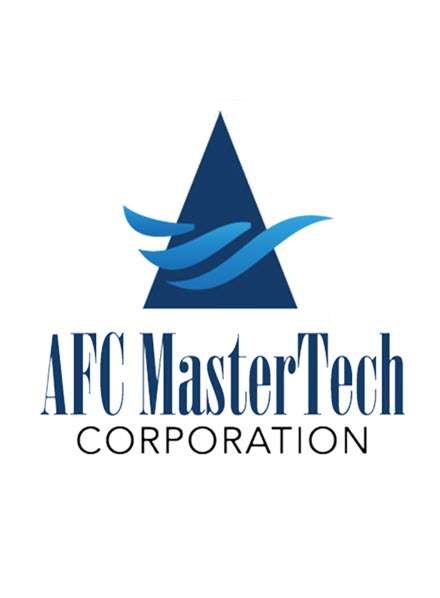Ice plant installations have come a long way from their early designs and applications. As technology advances and environmental concerns become more critical, the world of ice plant installation is evolving rapidly. In this article, we’ll explore the latest trends shaping the future of ice plant installations.
1. Energy Efficiency
One of the most significant trends in ice plant installations is a heightened focus on energy efficiency. Modern ice plants are designed to minimize energy consumption while maximizing ice production. This is achieved through the use of advanced insulation materials, efficient compressors, and intelligent control systems. Energy-efficient ice plants not only reduce operational costs but also have a smaller environmental footprint.

2. Sustainability
Sustainability is no longer just a buzzword; it’s a core principle in ice plant installation. The industry is embracing eco-friendly refrigerants and adopting sustainable practices throughout the installation process. Plant designs now consider water and energy conservation, waste reduction, and responsible disposal of old equipment. Sustainable ice plant installations align with global efforts to combat climate change and reduce greenhouse gas emissions.
3. Smart Technology Integration
The integration of smart technology is transforming ice plant installations. Advanced sensors, automation, and remote monitoring systems are becoming standard features. These technologies allow for real-time monitoring of plant performance, predictive maintenance, and the ability to make adjustments remotely. Smart ice plants not only increase efficiency but also minimize downtime and operational disruptions.
4. Modular and Scalable Designs
Modularity and scalability are key trends in ice plant installations. Modular designs allow for easier expansion and customization to meet specific requirements. Whether you need a small ice plant for a restaurant or a large-scale installation for a commercial fishing operation, modular designs provide flexibility and cost-effectiveness.
5. Reduced Environmental Impact
Reducing the environmental impact of ice plant installations is a top priority. This trend involves adopting low-impact construction practices, optimizing water usage, and implementing sustainable cooling solutions. Additionally, ice plant operators are exploring ways to repurpose waste heat generated during the ice-making process to further reduce energy consumption.
6. Compliance with Regulations
As environmental regulations become stricter, ice plant installations must comply with evolving standards. Staying up-to-date with local, national, and international regulations is crucial to ensure the longevity and legality of your ice plant. Compliance includes proper refrigerant management, emissions control, and adherence to safety standards.
7. Training and Skill Development
With the increasing complexity of ice plant installations, there is a growing emphasis on training and skill development. Technicians and operators require specialized training to handle the advanced technology and systems in modern ice plants. Training programs help ensure safe and efficient operation while reducing the risk of downtime due to operator errors.
In conclusion, ice plant installations are evolving to meet the demands of a changing world. These trends are not only shaping the future of the industry but also aligning it with sustainable and environmentally responsible practices. Staying informed about the latest advancements in ice plant installations will enable businesses to remain competitive, reduce operational costs, and contribute to a greener future.
As you embark on your ice plant installation journey, consider these trends to make informed decisions and stay ahead in the rapidly evolving field of cooling technology.






